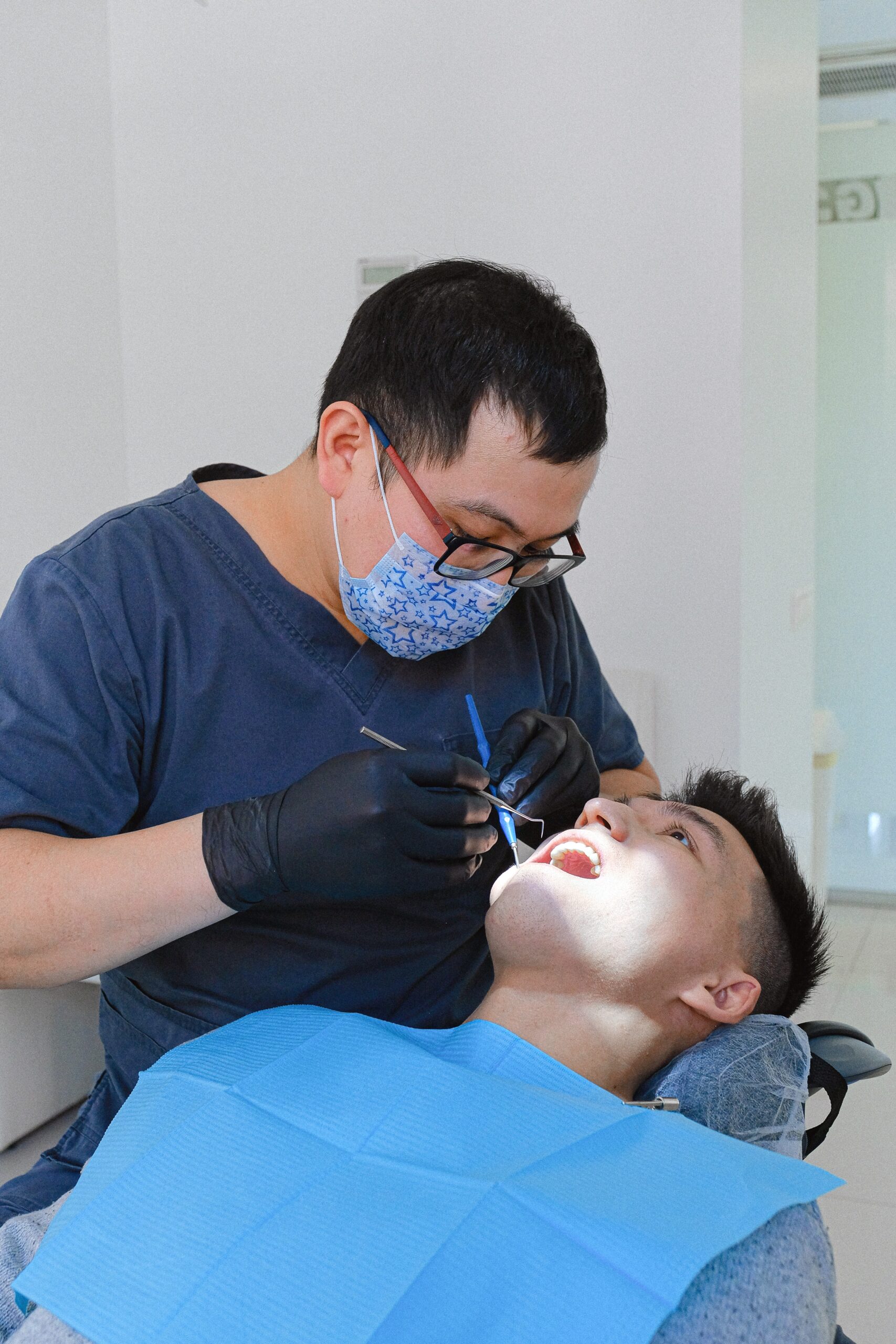According to a report in the American Journal of Public Health, dentists pull over 10 million wisdom teeth every year out of American mouths. It requires a surgical procedure for removing your wisdom tooth from the back of your mouth.
A vast majority of people have trouble with their wisdom teeth or third molars. Nearly 85% of them need the surgery to remove the troublesome tooth before it becomes a more significant cause of pain.

Why Do You Need Wisdom Tooth Removal?
Most of the people do not have wisdom teeth until their late 20s. With soft diets and advanced oral care, these extra molars don’t even much use. However, they can pose the risks of infections and tooth decay as it is hard to clean them at the back of your mouth. The timing for extraction depends on the symptoms and risks. You need to remove the molars causing discomfort and pain if you have inflamed gums or stiff jaws.
Sometimes, wisdom teeth may encroach into the space of second molars and other teeth, leading to root canal damage. If they are left untreated, it may lead to a tumor or cyst. In all these cases, it is essential to remove the teeth before they become a bigger problem.
How to Prepare for Wisdom Tooth Removal?
Even before the surgery for removing your wisdom tooth, talk to your dentist or oral surgeon about any existing health problems or medications that you take. Whatever questions you have about the surgery, ask them beforehand. Plan to take some time off from your work, household, or studies to rest after the procedure.
On the day of surgery, the hospital or clinic will give you proper instructions about the time to visit, foods to eat before the surgery, and medications. Arrange someone to drive you to the clinic before and after the procedure.
What to Expect from the Surgery?
A dentist or a specialized oral surgeon performs the procedure of wisdom tooth removal. After assessing the condition of your mouth, the dentist will recommend an x-ray for a detailed diagnosis. Before removing the tooth, they will give you a local, intravenous, or general anesthesia to numb the area. If you are anxious about the process, talk to your dentist before sitting on the chair.
The tooth requires a small cut in the gum to access it. Also, the dentist will remove a small portion of the bone that covers the tooth. If it is deeply embedded, they will cut the tooth into smaller parts for easy removal. You can expect a slight pressure when the doctor widens your tooth socket to loosen its hold. The entire procedure takes a few minutes for completion.
What to Expect After the Surgery?
The procedure of removing your wisdom tooth is an outpatient surgery, where you can leave right after the procedure. The response to anesthesia is different for each patient. You may feel drowsy after the general anesthesia.
After the procedure, your jaws may also feel stiff and sore. Improve circulation by moving your mouth gently from time to time.
-
Pain Management
Once the effect of anesthesia subsides, you may experience slight pain and some swelling in your mouth. There’s nothing to worry about this pain. Most likely, the dentist will prescribe you an over-the-counter drug or ice packs to relieve the pain. Any swelling usually improves in 2-3 days, but if you have bruises, they need more time to resolve.
-
Oral Care
For long-term recovery, you have to take care of your mouth and avoid any infections. Clean the area properly with salt water for fast healing. Drink water and avoid caffeinated, alcoholic, or carbonated drinks for the first 24 hours after the surgery. Also, avoid drinking with a straw for a week because it creates a suction that can dislodge the blood clot from the wound.
Also, avoid activities that can disengage the stitches or clotting around the wound. Instead of brushing your teeth, rinse your mouth using mouthwash for the first 24 hours. Even after that, be gentle with the brush near the wound. You can clean your mouth using lukewarm saltwater after meals or every two hours for at least a week.
-
Look for Further Signs of Infections and Nerve Damage
They may include:
- trouble in breathing
- fever
- excessive swelling
- numbness
- blood from the nose
- unstoppable bleeding from the wound
If the pain or bleeding is excessive, call your dentist right away. Sometimes, you may not need a follow-up appointment unless you experience complications or persistent discomfort.




Thanks for the tip that salt water can be used to speed up the healing after wisdom teeth removal. I’ve been waking up in the morning these past few days with a prolonged aching on the side of my mouth which makes me think that I might actually have impacted wisdom teeth all along. If this pain persists, I will need to get them extracted soon before the pain interrupts my daily life.